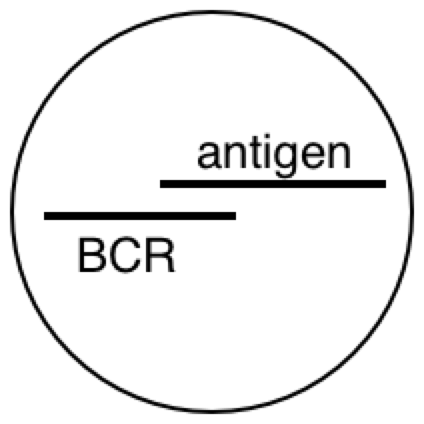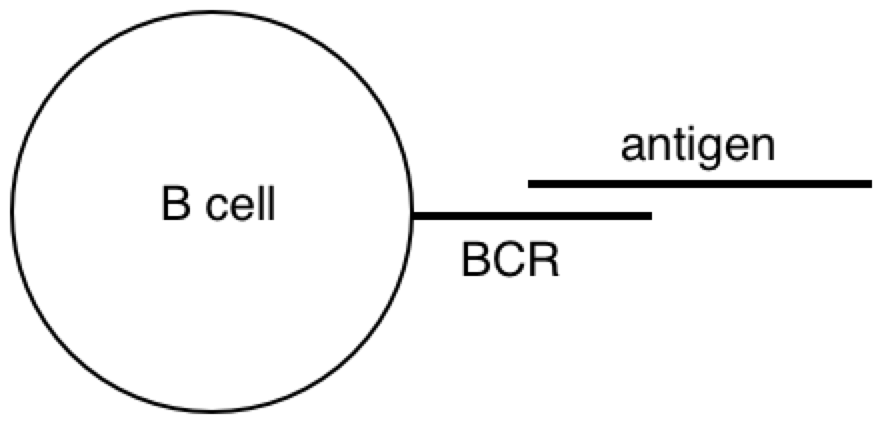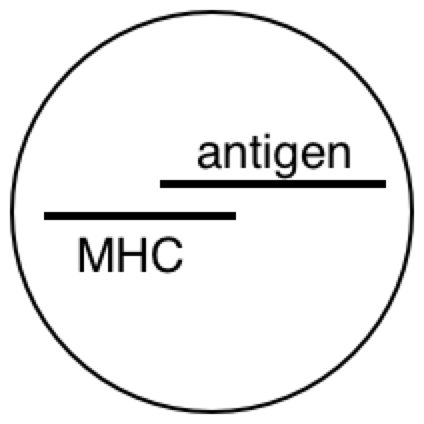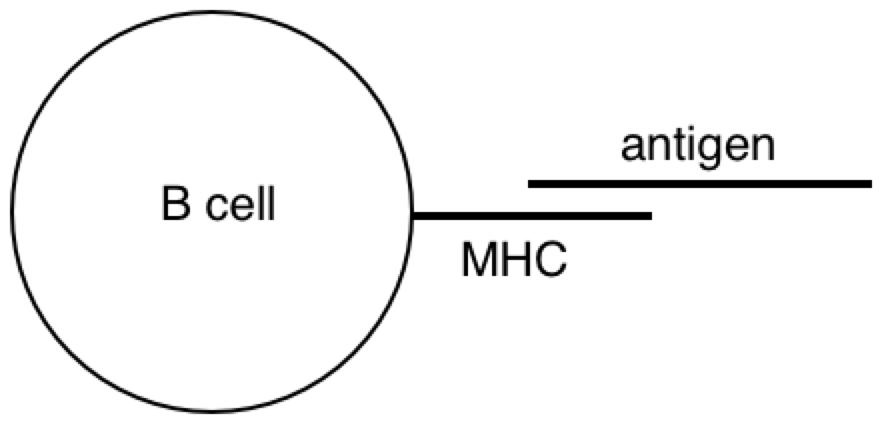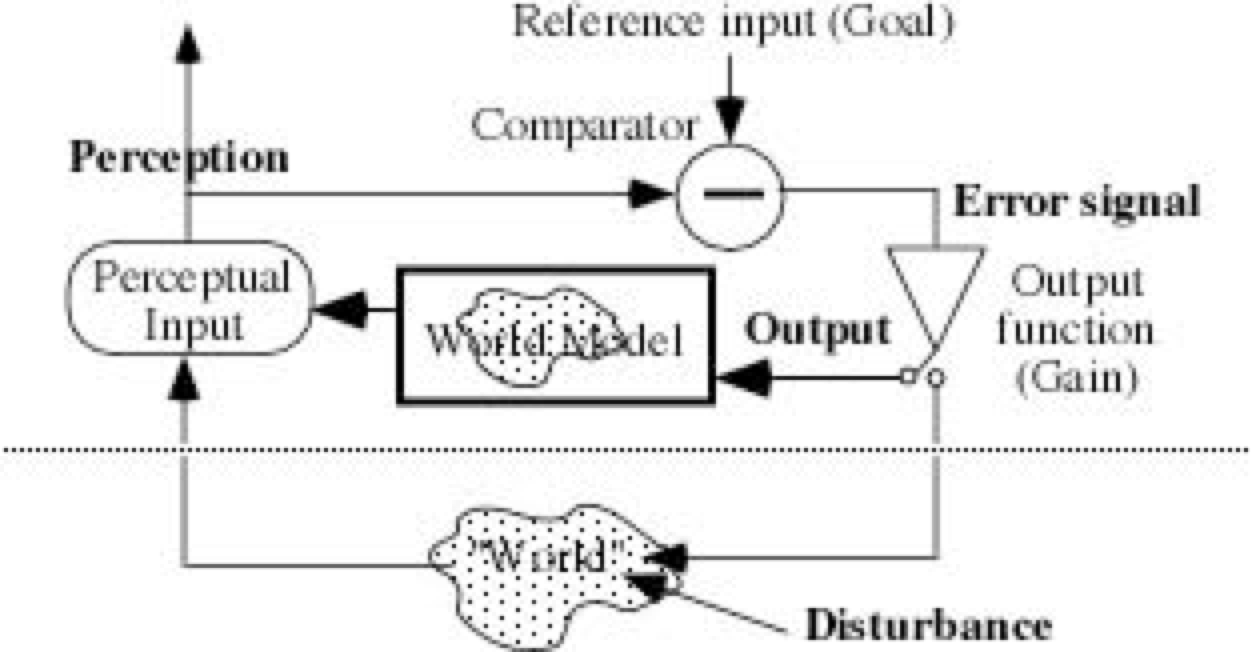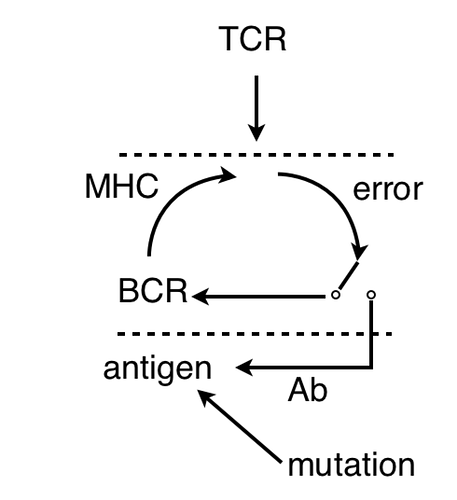From Angus Jenkinson, 2016-06-14.12.16.GMT
AJ: I have received some 1000 emails since this exchange, many most interesting, thank you, but I may have missed exactly where the matter was settled and how, but if so I have not found it, at least not in a way that gives me much satisfaction. Here is my characterisation of the question: Philip claims that there is a way of understanding the world that is different from that of physics, and proposes biology, and uses contemporary models or representations of biology as information codes as the means of doing so, as do other biologists. Rick is interested in control and in the reliable certainty provided by mathematically precise physics and the the Newtonian approach to the (macro-level) body in the world. He claims that biology can be reduced to physics, which is the standard claim of the physicist and of reductionism. But he is rightly concerned to point out that what we are dealing with is the models of physics and the models of physics are not identical with but only correlative with the world. Notwithstanding his clarity, science in general has proceeded over the last few centuries by reifying the models as fact, and this includes post-classical physics (and several of the quotations that Philip offered from famous physicists), and indeed this tendency has not escaped these conversations.
The whole conversation is placed in the context of an ongoing conversation about a new paradigm for understanding control behaviour, which would seek to substitute one set of collective representations (how the world actually appears to people on an everyday basis in general) with another set of collective representations as a result of a changed model in theory, the perceptual control theory system. (Some will detect the connection I am making here to Barfield, Saving the Appearances.) I do not need to make this point in order to affirm that the way the world will appear to us will change over time, over the centuries, as it has in the past, nor that some people are quite active in trying to bring that about.
One thing that it may be safe to say that we have learned (or had affirmed) from physics is that the world that is and the world as represented by human beings to their consciousness at any particular point in history may be correlative but they are not the same. And the relationship keeps changing. This relationship is also of course related to the subject of this discourse, control of perception.
The Newtonian control model is part of a system of modern science cultivated some four centuries ago that has sought an objective description of the world with a correlative modification of consciousness towards the scholarly aloof mathematical objective stance. With many benefits. But it is a staging post. It did not for example include PCT nor circular logic, nor many other things, and it relegated much of what was most important such as personal experience into a secondary and second class status. As such it could not be the last word. No one wants to throw out the rigour but nor do we want to throw out the life. That of course is just a rhetorical line, but it is a rhetorical line that in some way science must respond to because the science that does not deal with all of the appearances including consciousness and experience in terms that correlate with consciousness and experience will never be very satisfactory once you get outside dead substance, or the energy forms of inert matter. I think if we look at the science of Maturana and Varela or the more populist accounts of Andreas Weber, and think there is evidence of movement in these directions. And I think, as I said before, ternary cybernetics has something to offer us.
I therefore not only agree with Philip that there are ways of understanding the world different from both the classical and post-classical physics, but go further: there are ways of understanding the world different to those of contemporary biology (e.g. PCT) and there will be ways of understanding the world different to both of these.
And I propose that scientists need to be cautious about a pick and choose method of which paradigms they will update and which ones they will not. If on the one hand one asserts the ongoing validity of Newtonian physics as a representation of the world and an explanation for its behaviour and at the same time you wish to propose a different paradigm operating (at the first level of observation) in a quite different range of phenomena (consciousness, the mind) without needing to change the Newtonian physics, then this is I think a recipe for disconnect, which becomes apparent at the point where you try to connect the control phenomena, as they appear to the mind, with the phenomena in the idealised mathematical models of science in the fleshly process and the changing appearances in “the world”. My very first posts questioned the corpus of causality and my claim was that PCT was a final functional dismantling of this aberration that has dogged the last four centuries.
More generally, I think that Barfield’s account of models, representations, appearances, the evolution of consciousness and science, has much to recommend it.
Best
…………………………………………………….
Angus Jenkinson
[From Rick Marken (2015.09.19.0940)]
RM: I think where we might be having a disconnect is in what we mean by “exists in the environment”. When I say that a control system controls an “aspect of the environment” I am not saying that it is controlling something that necessarily exists in the environment. It is controlling a function of variables that, per the models of physics and chemistry, exist in the environment.
PY: This one always gets me. Why is there always a disclaimer which says, “The perception you are controlling may not exist in the environment.”?
RM: It’s true that, according to PCT, what is controlled is a perceptual variable. But this perceptual variable corresponds to some aspect of the environment (which is called the controlled quantity, q.o) that is also controlled. My “disclaimer” simply acknowledged that q.o does not necessarily correspond anything that actually exists in the environment according to our existing physical models of that environment. I mentioned humidity and, in B:CP Bill mentions the taste of lemonade as examples of perceptions that don’t correspond to anything that exist in the environment. But they do correspond aspects of the environment (functions of physical variables that do exist in the environment according to our physical models) and these aspects of the environment are controlled when the perceptions that correspond to them are controlled.
[From Rick Marken (2015.09.16.1900)]
[9.16.2015]
PY: I’ve been doing some studying so I have something to talk about.
RM: I haven’t been replying to your posts because I haven’t seen their relevance to what I am interested in: the study of purposive behavior. And I also have to admit that I haven’t really understood them all that well. But the last paragraph in this post did catch my attention:
PY: Finally, a word of caution to those who put faith in the models of physics and chemistry to provide us with what we know about what is “out there”.
RM: It looks like that is addressed to me, since I’m the one who most recently said that PCT takes the current models of physics and chemistry as the model of what is “out there” in the environment component of the PCT model. You go on to say:
PY: That’s quite simply not going to cut it for biology.
RM: My impression is that biology uses the current models of physics and chemistry. Isn’t DNA based on the molecular model of matter, for example? Don’t the forces exerted by muscles on the skeleton behave according to Newton’s laws?
PY: If my two cents is worth anything in your economy: I believe it’s more reliable to compare biology to computer systems adhering to codes, rather than physical systems adhering to laws. There are such things as the microprocessor and the memory hierarchy.
RM: That may be (though my bet would be on a control rather than a computer organization as the model of biological systems, since what biological systems do, at the behavioral as well as molecular level, is control). But this doesn’t negate the fact that biologists (like all scientists, including control theorists) use the models of physics and chemistry to describe what is really “out there”. Whether biological systems should be modeled as computers or control systems, the implementation of these systems will be in terms of entities (like molecules, electromagnetic energy) that are components of our current models of physics and chemistry. Computer and control system models are different ideas about how the reality “out there” – the reality described by the models of physics and chemistry – are *organized. *
Best
Rick
···
On 17/09/2015, 03:08, “Richard Marken” rsmarken@gmail.com wrote:
On Wed, Sep 16, 2015 at 12:28 AM, PHILIP JERAIR YERANOSIAN pyeranos@ucla.edu wrote:
–
Richard S. Marken
www.mindreadings.com
Author of Doing Research on Purpose.
Now available from Amazon or Barnes & Noble
